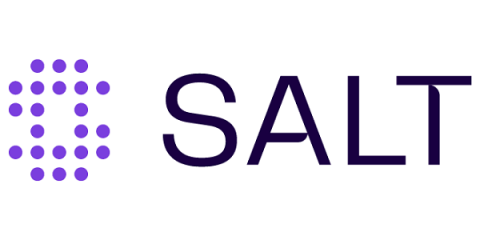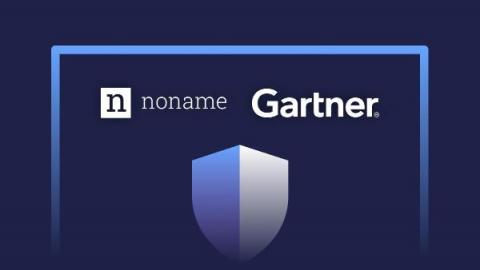Unified vs API-Based Integrated XDR Platform: What's the difference?
The terms unified and integrated are often used interchangeably in the software world. However, security leaders must understand the differences between deeply unified and API-based integrated platforms within an organization and how they can significantly impact everything from cost to efficiency. First, it is essential to define the terms.











